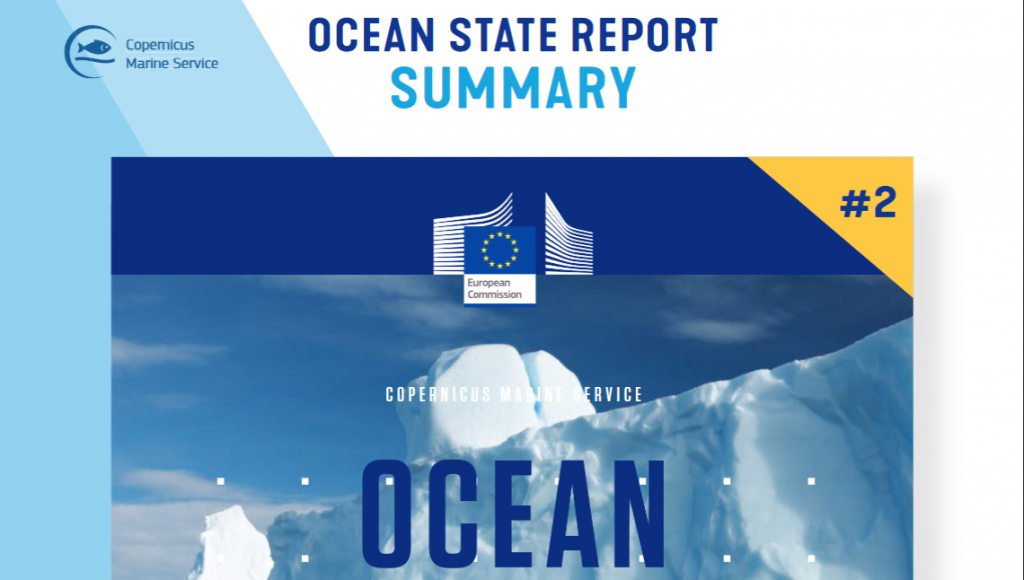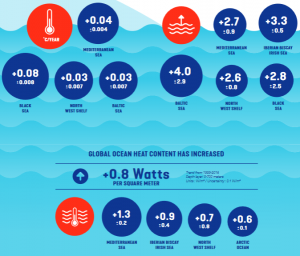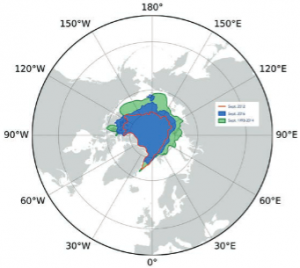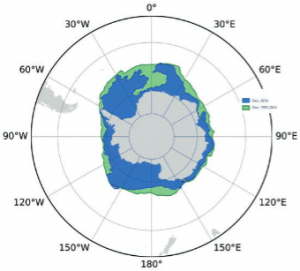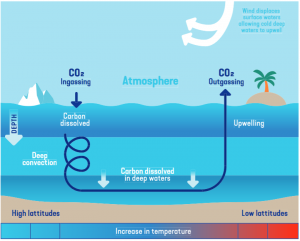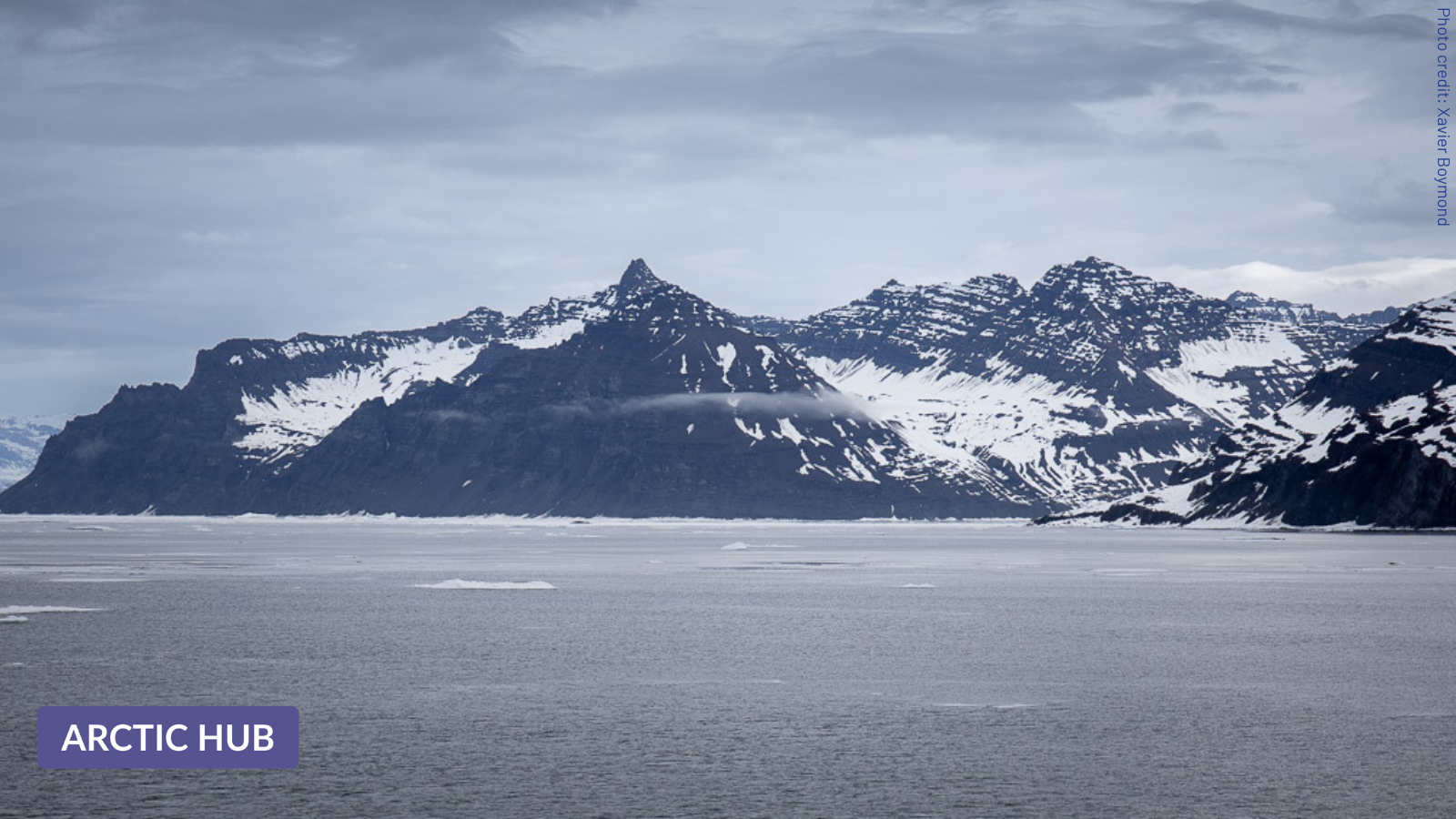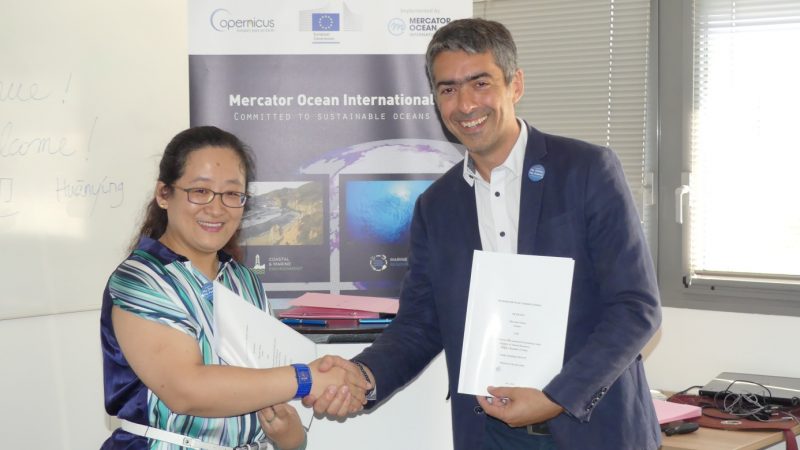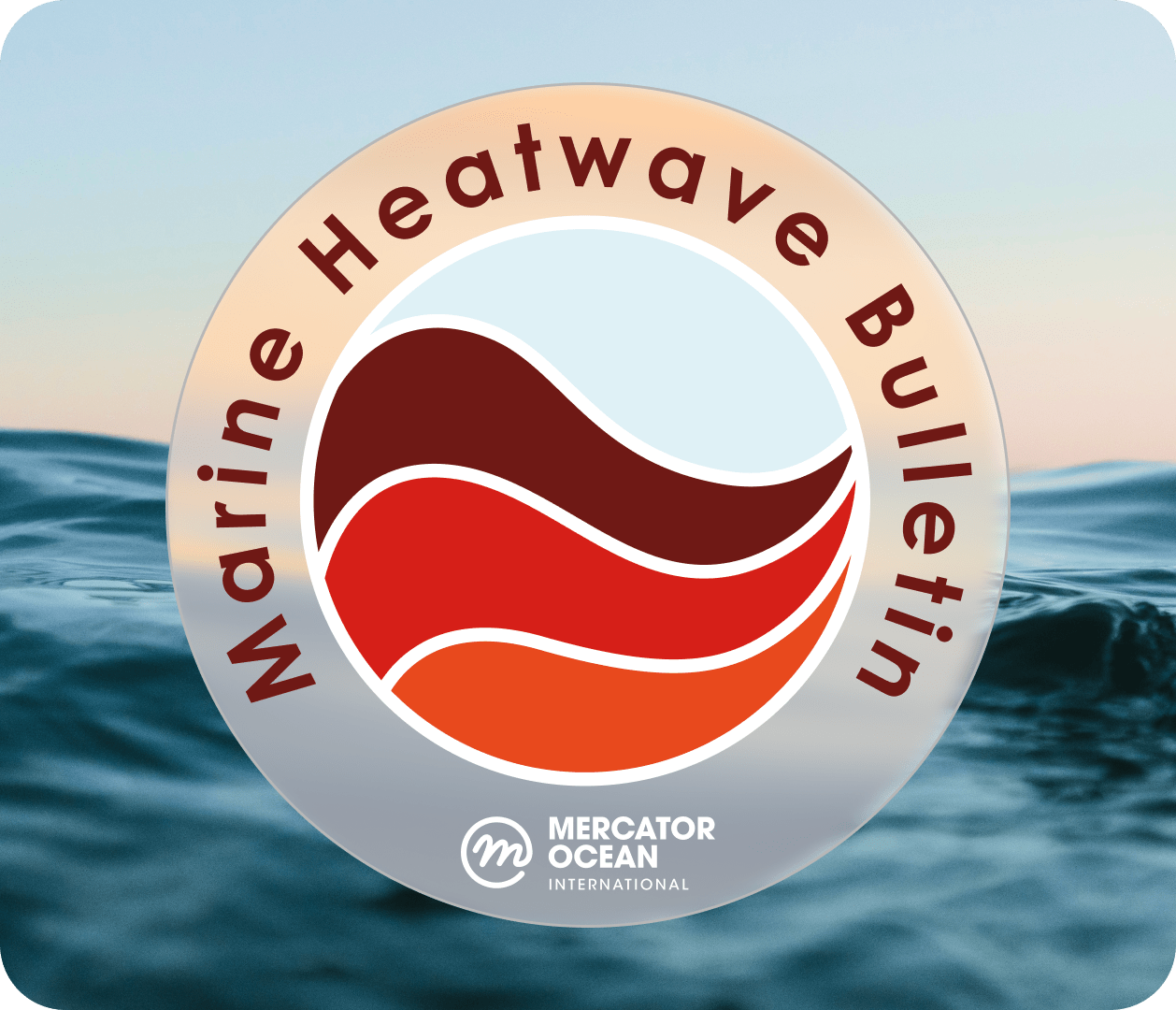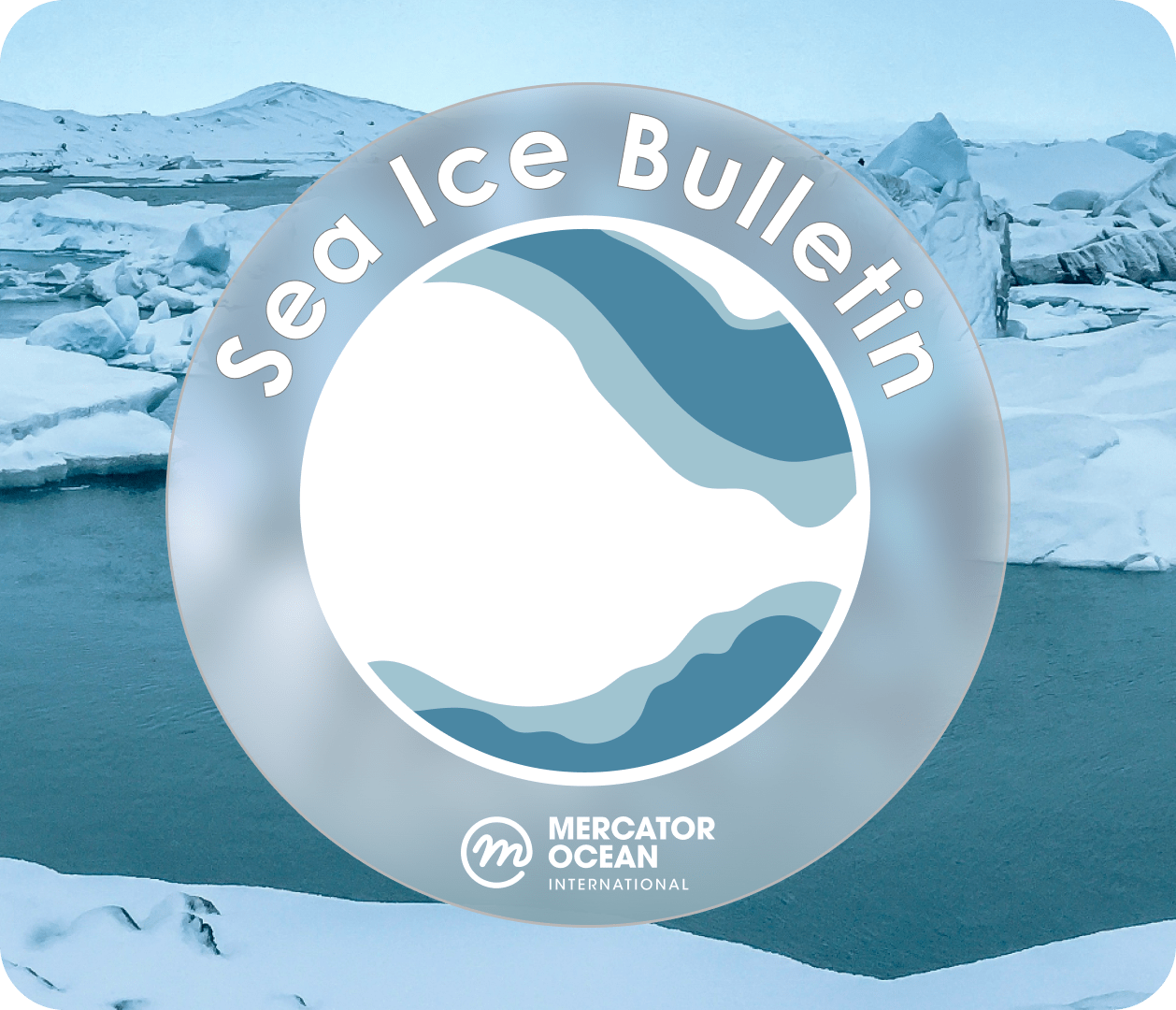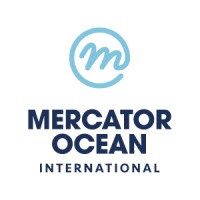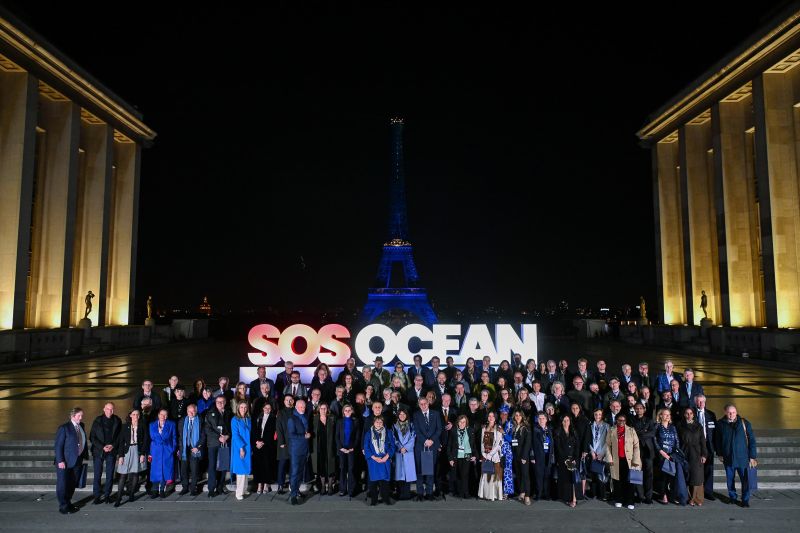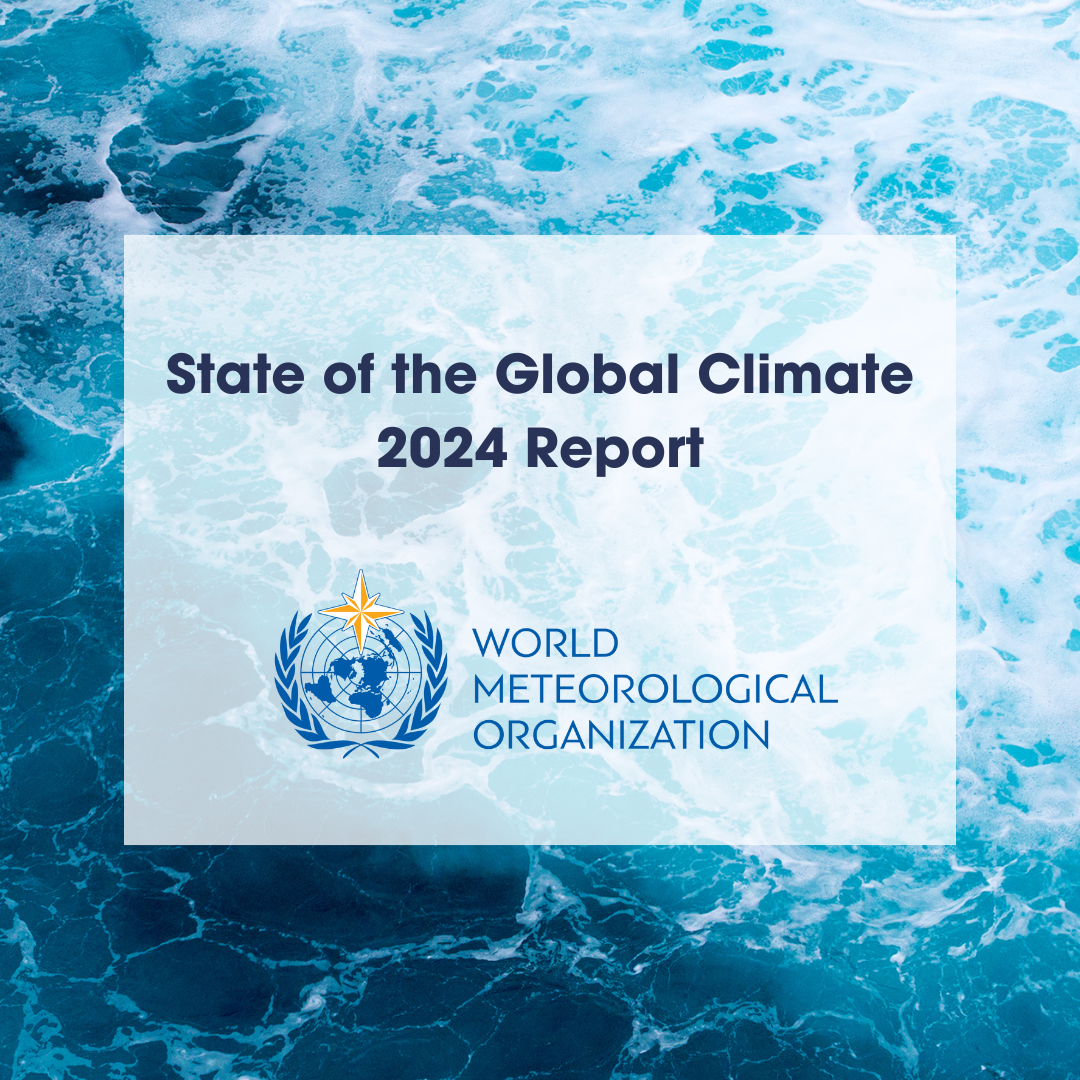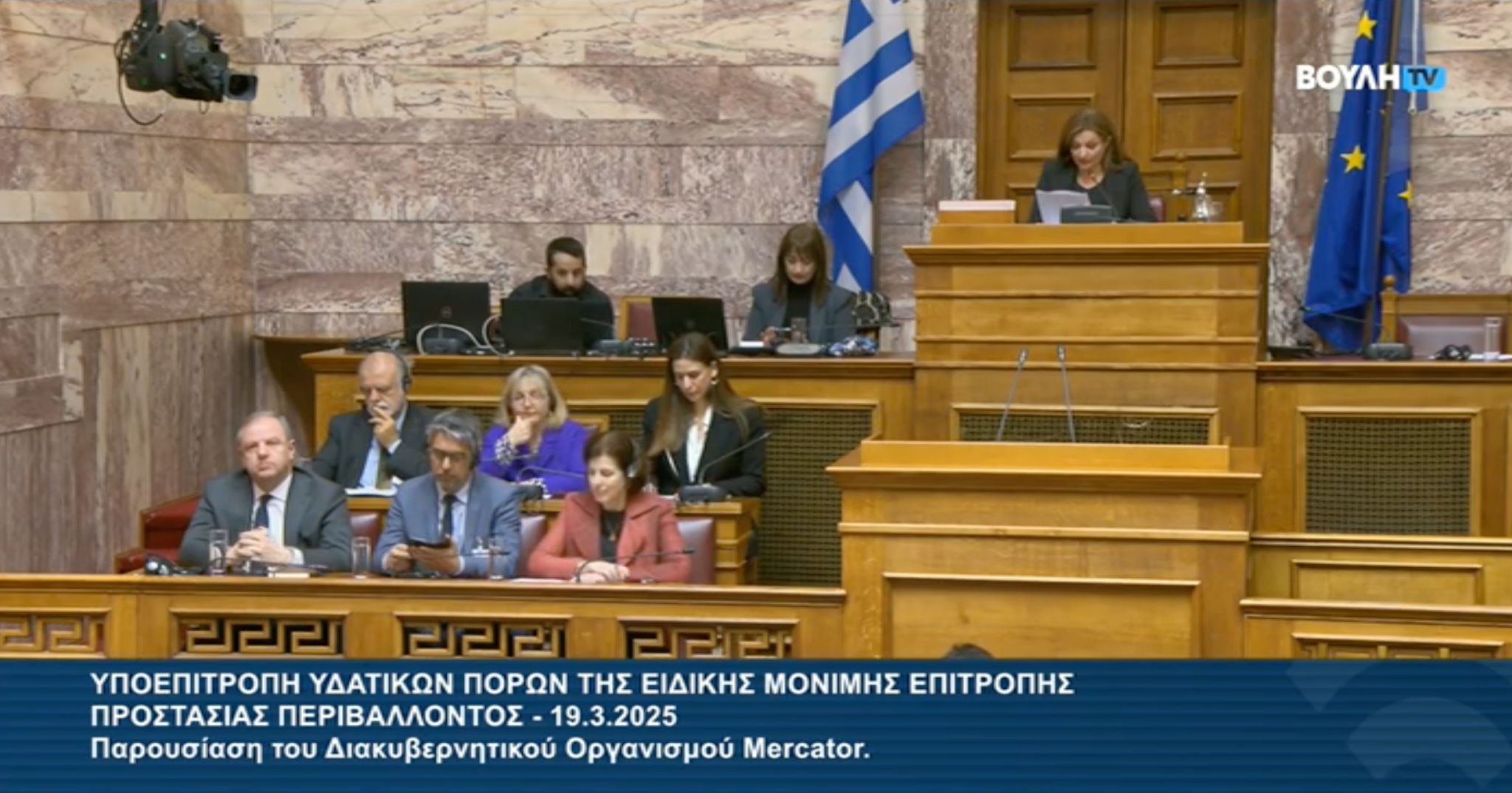The Copernicus Marine Service, implemented by Mercator Ocean International, has published the 2nd Ocean State Report (OSR), an extensive analysis on the state of the ocean over the last quarter of a century. An accompanying summary has also been published that highlights some specific key findings of the report along with scientific content designed to boost ocean literacy among the general public and to deliver information for decision makers.
The OSR is a thorough and periodically released report that covers the state of the European seas and the global ocean and serves as a reference for marine data and value-added marine information for the European Union, the general public, citizens and the international community. it provides a 4-D view (ocean reanalyses over time) from above (satellite data) and directly from the interior (in-situ measurements) of the blue (e.g. physical), white (e.g. polar), and green (e.g. biogeochemical) ocean.
A relatively new publication, the first Ocean State Report was published in 2017. The first edition was honoured with the Institute of Marine Engineering, Science and Technology (IMarEST) Denny Medal, an annual award for the most worthy paper published with the Journal of Operational Oceanography (JOO).
The 2nd Edition of the Copernicus Marine Service Ocean State Report (OSR) published in 2018 provides information on changes and variations in the ocean over the past decades, with a focus on changes in the marine environment during the year 2016.
Flip through the summary here:
OSR 2 Highlights:
BLUE OCEAN
- Over the past quarter of a century, the global ocean and the European seas are warming and the sea level is rising, and a number of record-breaking extreme events occurred in Europe.
- Global sea level is rising at a rate of 3 millimetres per year.
- About 30-40% of this sea level rise is due to the thermosteric (warming) effect (water expands when heated).
- Sea level rise in European seas increased at a rate of 2.5 to 4 millimetres per year.
- Global ocean heat content (heat absorbed by the ocean) increased at a rate of 8 watts (heat) per metres squared. About 93% of the excess heat created by human activities on Earth is absorbed by the ocean.
- Driven by long-term variability rather than an ongoing trend, the Atlantic Meridional Overturning Circulation (AMOC) strength has weakened since about 2005, and the Gulf Stream has decelerated over the past 25 years.
WHITE OCEAN
- Over the past quarter of a century, global sea ice melted at a pace far faster than ever observed since our earliest records dating back to the 1980s and there was a record sea ice extent low at both poles during the year 2016.
- In the Arctic, sea ice extent is decreasing at a rate of 6.2% per decade, while sea ice volume has decreased at a rate of 15.4% per decade.
GREEN OCEAN
- During the 1990s there was a relatively stable carbon uptake in the global ocean and a sharp increase in the ocean’s uptake of carbon since the beginning of the 2000s.
- Over the past two decades, ocean chlorophyll has increased in high latitudes and in the European Seas (except for the Black Sea), and decreased in the tropical ocean.
- Ocean deoxygenation in the European seas is reported and detailed for the Black Sea, where there has been a deoxygenation trend reported over the past 60 years.
About the Ocean State Report (OSR)
The OSR is written with the input and consensus of nearly 100 European scientific experts from more than 30 institutions, including independent review by the JOO. The goal is to provide comprehensive, state-of-the-art, and assured scientific information on the ocean each year and it draws on data dating back to the 1970s. It covers an extensive list of variables that go well beyond key indicators of ocean health.
There is particular emphasis on European seas as the OSR has been written to serve as the reference report meant to contribute to the reporting tasks and activities of the European Union: policy-makers, environmental agencies (e.g. EEA), Regional Sea Conventions, Member State decision-makers, and other authorities concerned. The OSR covers global oceans and is intended to provide vital information for international organizations and environmental directives (such as the IPCC, United Nations Sustainable Development Goal 14 and 13, OECD) in their associated measurement and reporting activities.
Essential Ocean Variables (EOV) are a group of variables widely understood to be essential for understanding the state/health of the ocean and changes in the marine environment in line with climate change. Examples: sea level, sea ice extent, etc.
In addition, eleven different Essential Ocean Variables (EOV) are analysed in the report. In this OSR 2, four new variables have been added (sea surface salinity, nutrients, sea-to-air CO2 flux and surface wind). Introduced by the Global Ocean Observing System (GOOS), monitoring essential climate and ocean variables is required to support the work of the United Nations Framework Convention on Climate Change, the Intergovernmental Panel on Climate Change (IPCC) and many marine industries and services. In the coming years, new variables will be added as understanding, needs, and technology evolve.

